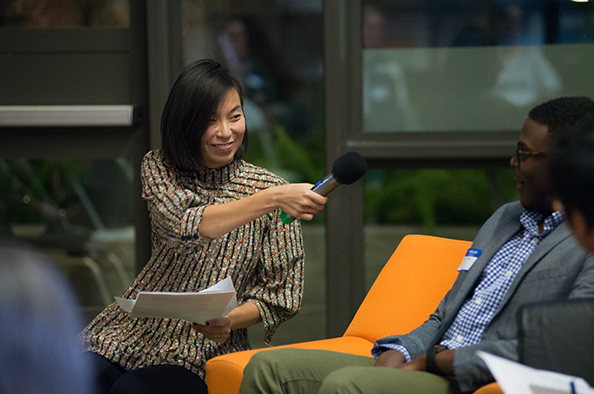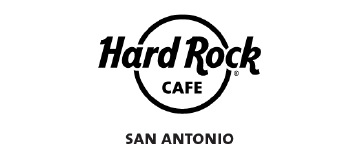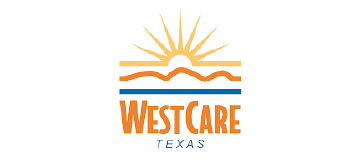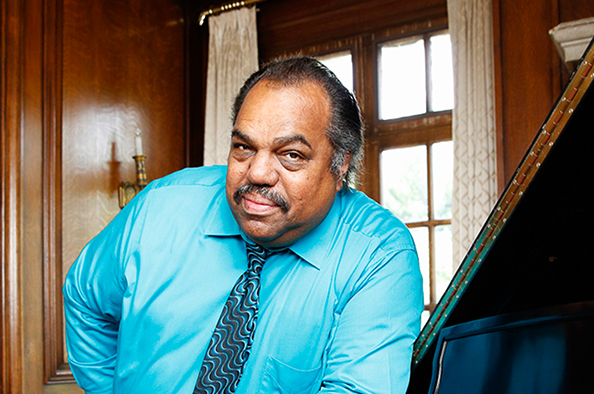
The Opening Breakfast Ceremony will kick off the DreamWeek 2018 Summit on Friday, January 5 with a keynote address from Daryl Davis, a musician, author, and lecturer who has received national acclaim for his work in race relations. The Ceremony will also include a presentation by DreamVoice founder and CEO Shokare Nakpodia as well as brief remarks from San Antonio Mayor Ron Nirenberg.
Hosted by DreamVoice, LLC.
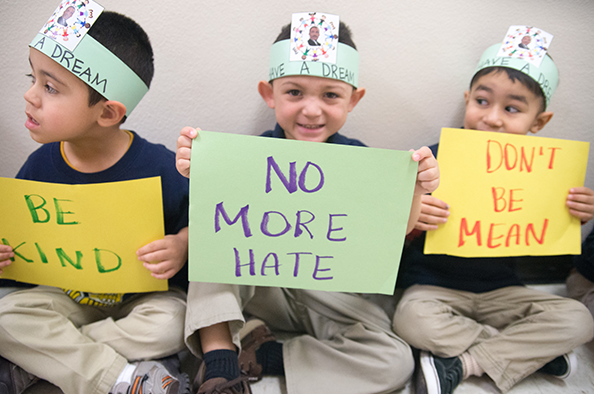
The Idea
San Antonio is a city defined by its vibrant multicultural heritage. The purpose of DreamWeek is to bridge the gap between the people and the ideas that make San Antonio so great. DreamWeek serves as an international summit concerning tolerance, equality, and diversity.
The Purpose
The Purpose of DreamWeek is to advance the teachings and ideas of Dr. Martin Luther King, Jr. and other humanitarians by continuing their dreams of a more equitable and enlightened society for all.
Details
DreamWeek will span 12 days of global exchange and festivities which includes plenty of events, keynote speakers, mixers, and a variety of celebrations.
The event culminates in a 150,000+ person march through San Antonio.
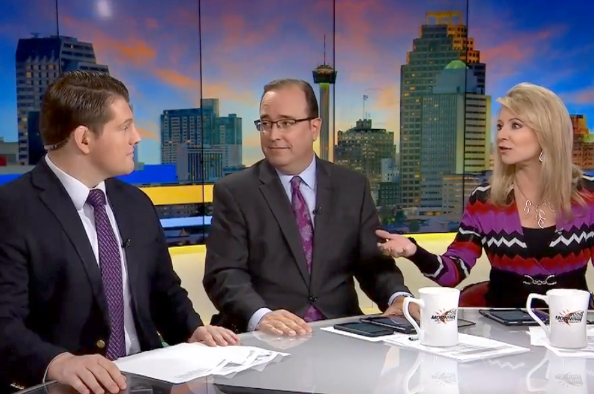
San Antonio – DreamWeek 2018 kicks off at the Jack Guenther Pavilion at the Briscoe Western Art Museum in downtown on Friday morning.
The sixth annual event is part of the SA 300 Tricentennial Celebration and is a 16-day summit promoting tolerance, equality, and diversity.
The opening ceremony begins at 8 a.m. Friday.
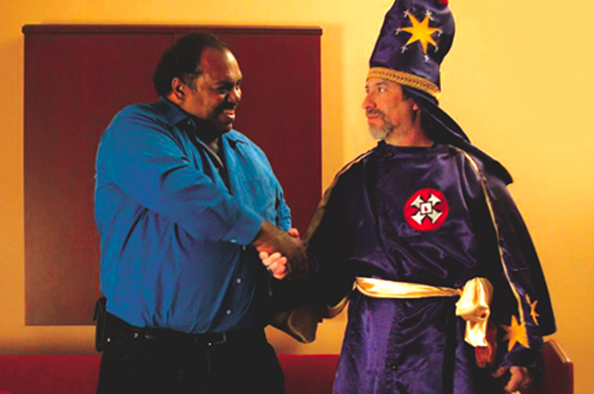
While it’s probably a lot easier to delete someone from your Facebook friends list who you don’t agree with politically than actually engage with them in a discussion about issues across today’s contentious landscape, that kind of passive aggressive action isn’t something that interests African-American musician and race relations activist Daryl Davis whether he’s online or off.
Instead, Davis, 59, who has performed with legends such as B.B. King and Chuck Berry, would much rather set up a meeting and offer his friendship to those individuals whose ideals are on the opposite end of the spectrum as his. Most notably, Davis enjoys interacting on a personal level with members of the Ku Klux Klan and other white supremacists in an attempt to alter their racist ideology.
In his documentary film, Davis travels around the U.S. speaking with known racists and collecting historic KKK memorabilia. During a Reddit AMA session in September, Davis wrote: “Don’t be afraid to invite someone with a different opinion to your table. If everyone in your group agrees with one another and you shun those who don’t agree, how will anything ever change?”
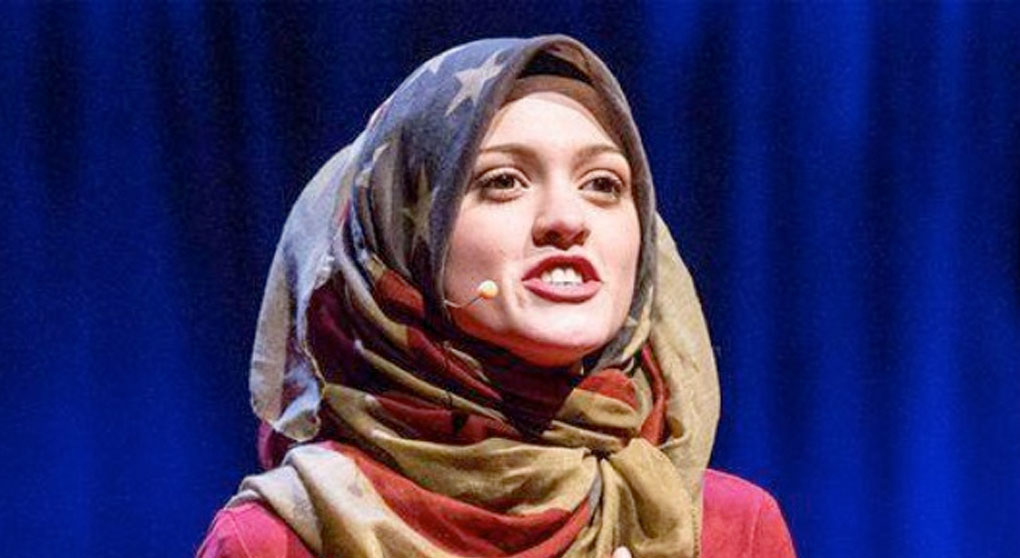
San Antonio’s Martin Luther King, Jr. March, now in its 31st year, has become one of the nation’s largest marches of its kind. But the march is just one part of a growing event filled with festivities that celebrate MLK’s legacy of education, tolerance, and cultural diversity.
The sixth annual DreamWeek Summit, beginning January 5, includes more than 200 symposiums, panel discussions, performances, and other activities — all designed to foster an environment for civic and civil engagement.
“Participation and interest in our 2018 summit has been tremendous,” said Shokare Nakpodia, president of the organizing DreamVoice venture, in a news release. “With 180 local hosting partners, 120 participating venues, and 100 volunteers, DreamWeek is the fruit of a community driven endeavor and has become a one-of-a-kind collaboration that is now attracting national interest. More than ever, San Antonio is emerging as the face of America’s future.”
This year’s DreamWeek Summit has grown thanks in part to new partners, such as the American Civil Liberties Union, American Red Cross, Healy-Murphy Center, and Linda Pace Foundation. DreamWeek 2018 begins on January 5 with a breakfast ceremony from 8-9:30 am at the Briscoe Western Art Museum.
In addition to remarks by Mayor Ron Nirenberg, a keynote address will be offered by noted musician/author/lecturer Daryl Davis, who has developed a reputation for forging a unique approach toward race relations. Davis, an African-American, has spent his career traveling the nation interviewing Ku Klux Klan leaders and members.
In preparation for the 15 day celebration, we’ve rounded up a few other DreamWeek events worth checking out. It should be noted that some DreamWeek events also double as activities for the concurrent San Antonio Cocktail Conference, as well as the city’s tricentennial celebration.
Friday, January 5
- Free screening of the documentary film Accidental Courtesy, about Davis’ race relations experiences. Screening held from 4-6 pm at Carver Public Library.
- 80th Annual Founders’ Day Gala marks the 80th anniversary of the founding of Alamo City Black Chamber of Commerce. From 6-11 pm at Pearl Stables.
Saturday, January 6
- Public Space East presents Brunch and Build at Burleson Yard Beer Garden — East Side chefs will prepare dishes as area artists create artwork to be installed along paths and play areas at Dignowity and Lockwood parks. Admission is free; food ticket is $10 for adults, free for children age 12-under. From 11 am-4 pm
Sunday, January 7
- The Impact Guild hosts a global community dinner at 708 W. Summit Ave. This will be a progressive dinner, involving dishes from different cultures and regions, and an opportunity to talk with new people about new ideas. The dinner will be held from 6-8 pm and admission is $40.
Monday, January 8
- SA RISE (Rising in Solidarity for Equity) presents an open conversation about equity in local public education. From 6-8 pm at Brick at Blue Star. Admission is free.
Tuesday, January 9
- San Antonio LGBT Chamber of Commerce hosts an an after hours mixer. From 6-8 pm at the Plaza Club, 100 W. Houston St. Admission is free.
Wednesday, January 10
- Free screening of the new documentary, Walk On the River: A Black History of Alamo City. The film highlights the contributions that African-Americans have made to San Antonio’s evolution. Held from 7-9 pm at Alamo Drafthouse Cinema – Park North.
- Women Shaking It Up: Inspiring Women Superheroes helps to also kick off the cocktail conference. The event recognizes female bartenders and chefs, as well as other notable women making their mark in business, sports, politics, and more. Event held from 7:30-11 pm at Zaza Gardens. Admission is $65.
Thursday, January 11
- Dr. J.R. Bowie III Scholarship Foundation’s Awards Banquet and Concert — Community members get to meet the original Mississippi Freedom Riders, and recognize special individuals with the Freedom Rider Jesse James Davis Scholarship. Event runs from 6:30-11 pm at Continental Café and Event Center, 6390 Fairdale Drive. Admission is $25-$28.
- Trinity University’s MLK commemorative lecture featuring Kathleen Neal Cleaver. Listen to an inspiring talk by a woman who has spent most of her life fighting for human rights. She is currently co-director of the Human Rights Research Fund. Lecture begins at 7:30 pm in the Laurie Auditorium. Admission is free.
- Bettye LaVette performs at the Tobin Center for the Performing Arts. 7:30 pm, tickets available from $39.50-$75
Friday, January 12
- DreamWeek Awards Luncheon —This lunch honors organizations and individuals who embody DreamVoice’s mission of “advancing the voices of tolerance, equality, and diversity.” This year’s event will include a keynote address by Amal Kassir, a Syrian-American spoken word poet and activist. Luncheon begins 11:30 am in the La Orilla Del Rio Ballroom, 203 S. St. Mary’s St. Admission begins at $50.
- The Renaissance Guild offers The Eastwood Project: A Blues Continuum, an evening of music and dance that recalls the legendary Eastwood Country Club, which helped to bring popular black entertainers to a local integrated audience decades ago. Concert begins at 8 pm at Carver Community Cultural Center. Additional performances Jan. 13-21. Admission is $25.
Saturday, January 13
- San Antonio for Growth on the Eastside (SAGE) hosts its fourth annual Taste the Dream Gala. Enjoy a celebration of diversity through food with proceeds benefiting SAGE. Featured chefs include Johnny Hernandez, David “Bully” Page, Luis Colon, and Charassri Saengon. Dinner from 6-11 pm at the Witte Museum. Admission is $150. This is also a tricentennial event.
- Evolution of Beauty Defined: From Sarah Baartman to Billions — Gwen Devoe, creator of Full Figure Fashion Week, will be among the industry experts discussing how body shaming has turned into a billion-dollar industry that celebrates women’s curves. Living mannequins will pose among the guests. Show begins at 5 pm at the Quarry Golf Club. Admission is $25.
Monday, January 15
- 2018 MLK March begins at Martin Luther King, Jr. Academy and ends at Pittman-Sullivan Park. At the park, the public will gather for a program commemorating King’s legacy. There will be speeches and food vendors, as well as business and community service information. March begins at 10 am and admission is free.
Tuesday, January 16
- Diversity in Action lets LGBTQ youth to take part in free, artistic, peer-connecting activities. Event begins at 6:30 pm at University Presbyterian Church.
Wednesday, January 17
- Confluence Park Grand Opening — The San Antonio River Foundation and San Antonio River Authority have been working to develop the former industrial yard into a public space for interactive ecological education and recreation. 10:30 am at 310 W. Mitchell St. Admission is free.
Thursday, January 18
- The band The Foreign Arm will present a narrative musical performance. Event begins at 8 pm at Carmen de la Calle, 320 N. Flores St. Admission is $10.
Friday, January 19
- SA2020 luncheon will celebrate the release of the SA2020 2017 Impact Report. Every year, the nonprofit charts the community’s progress in several elements, from economic development to public health. Lunch begins at 11:30 am at the Henry B. Gonzalez Convention Center. Admission is $50.
Saturday, January 20
- The Mayor’s Ball closes out DreamWeek with local musical, theatrical, comedic, and cultural performance talent. Ball begins at 7 pm at the Empire Theater, and admission is $200.

(SAN ANTONIO, TX)
Two keynote speakers have been announced for the 2018 DreamWeek Summit.
The speakers, Daryl Davis and Amal Kassir, will each address their experience in social and humanitarian activism with respect to the DreamWeek themes of tolerance, equality, and diversity.
Daryl Davis will deliver the keynote address for the DreamWeek 2018 Opening Ceremony on January 5. Davis, a musician, author, and lecturer, has written a book and produced a documentary in which he reflects on his experience working with members of the Ku Klux Klan. He has earned the attention of national press outlets for his unorthodox approach to resolving racial tension, which he sums up in one brief statement: “Establish dialogue. When two enemies are talking, they’re not fighting.”
DreamWeek 2018 will conclude on Saturday, January 20 with the Inaugural Mayor’s Ball, which will feature performances by the city’s top performance artists and entertainers presented by DreamVoice and selected by Mayor Ron Nirenberg. In a recent statement, the mayor reflected on the impact that the annual summit has made on the local community: “DreamWeek is one of the most forward-looking and iconic developments in San Antonio in the last decade.”
The DreamWeek summit comprises 16 days of symposiums, panel discussions, performances, and more, all designed to inspire discourse on civil issues relating to tolerance, equality, and diversity. The 2018 Summit is expected lineup of more than 200 partner-hosted events.
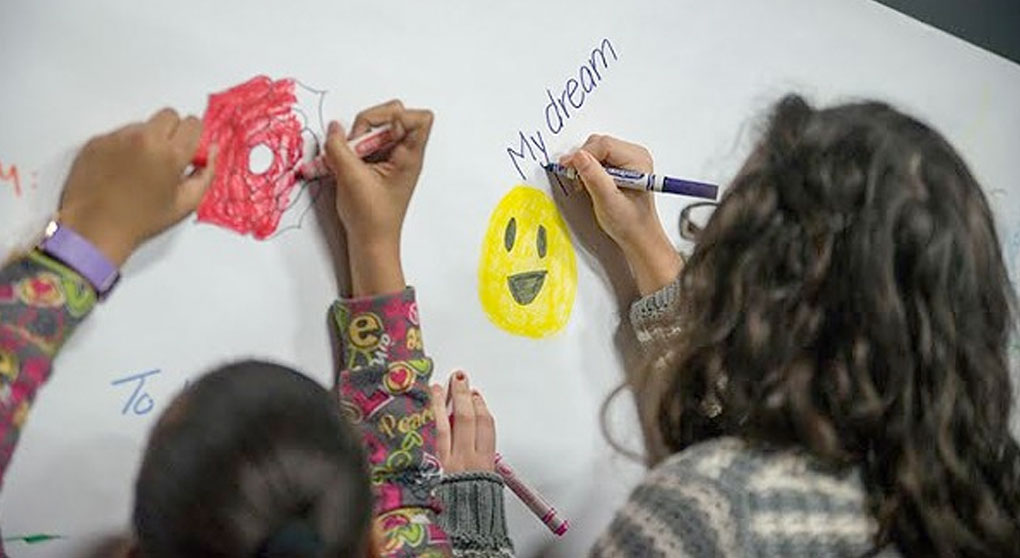
The annual DreamWeek Summit will return to San Antonio for its sixth consecutive year in January 2018 with a lineup of over 200 events. The summit comprises 16 days of symposiums, panel discussions, performances, film screenings, art exhibits, and more, all designed to inspire discourse on civil issues relating to tolerance, equality, and diversity.
The 2018 summit lineup includes events from a growing roster of partner organizations. New partners include the American Civil Liberties Union, American Red Cross, Girl Scouts of Southwest Texas, The Rape Crisis Center, Transgender Education Network of Texas, Big Brothers Big Sisters and the Linda Pace Foundation. Many partners, such as SA2020, San Antonio for Growth on the Eastside (SAGE), the San Antonio Public Library, Artpace, and the DoSeum, are returning as seasoned hosts.
This upcoming year’s DreamWeek Opening Ceremony will feature opening remarks by Mayor Ron Nirenberg who believes DreamWeek “is one of the most forward-looking and iconic developments in San Antonio in the last decade.” The opening ceremony will also feature guest speaker Daryl Davis, an African American man who has earned national attention for his unorthodox approach to resolving racial tensions with Ku Klux Klan members.
The DreamWeek Awards Luncheon will feature guest speaker Amal Kassir, a 22 year old Syrian-American spoken word poet and activist, whose humanitarian initiatives for Syria such as speaking out against Islamophobia, and empowering marginalized voices presented her the opportunity to speak at a TEDx Talk conference.
DreamWeek 2018 will conclude on Saturday, January 20th with the Inaugural Mayor’s Ball, the celebration will highlight San Antonio’s burgeoning arts and culture scene, featuring some of the city’s foremost musical, theatrical, comedic, and cultural performance artists.
For more information about the DreamWeek summit and a line-up of all the scheduled events for 2018 visit www.dreamweek.org/events.
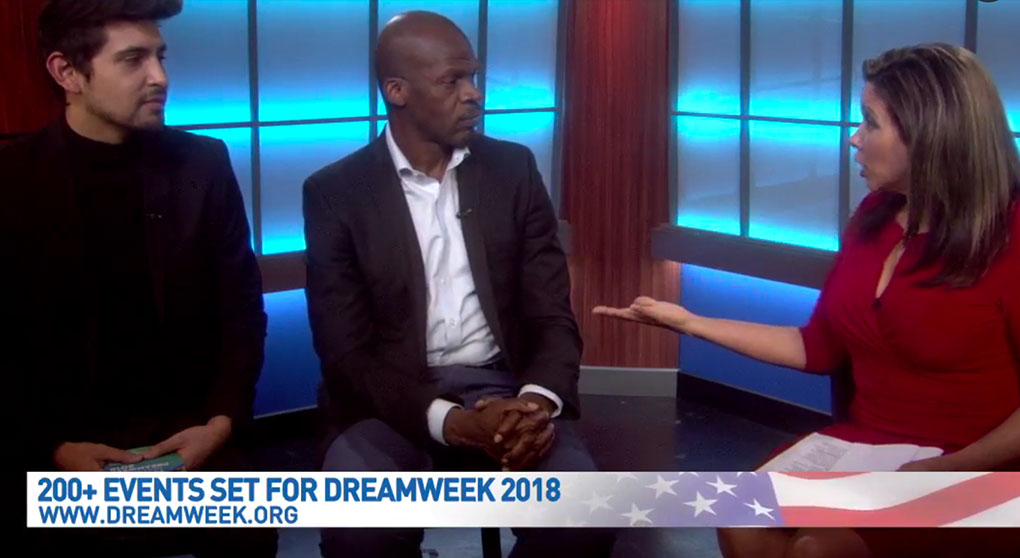
SAN ANTONIO — DreamWeek 2018 will be jam packed with more than 200 events you and your family can attend.
The mission behind these events is to promote tolerance, equality and diversity throughout San Antonio. Sho Nakpodia and Robert Pompa with DreamWeek/DreamVoice stopped by News 4 San Antonio’s Evening Break to share what you can expect.
For more information, CLICK HERE.

